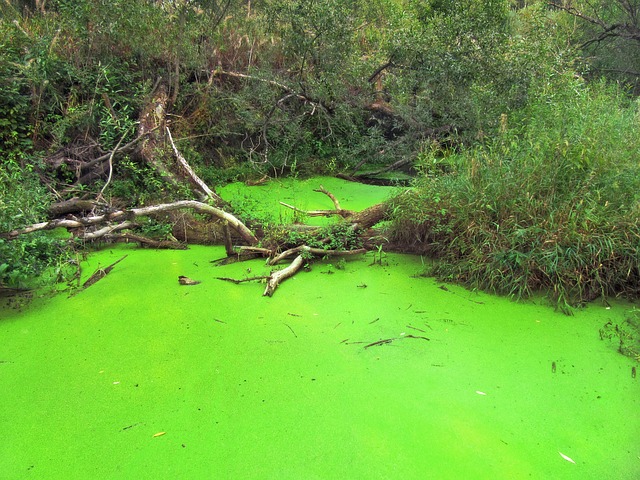
By Taylor Schaefer, Writing Project Leader for Save The Water™ | September 12, 2015
As the first signs of spring appear, New Yorkers are eager to tend to their gardens and fix up their front yards for the summer months. Fertilizer is a common solution for brown spots left on the lawn from harsh winters and provides an extra boost for growing flowers. While fertilizers are used to brighten yards, there are darker consequences that the average Long Islander is unaware of.
Social science research by The Nature Conservancy in Long Island shows conflicting values between Long Islanders’ fertilizer usage and their concerns about drinking water quality. Many are unaware of the origin of their drinking water, where wastewater goes, or that nitrogen from fertilizers is polluting Long Island’s bays and harbors.
Nitrates from fertilizers are causing serious problems in rivers, lakes, and oceans. Cornell University researchers Robert Howarth and Roxanne Marion noted that nitrogen is the largest pollution problem in the nation’s coastal waters and one of the greatest threats to ecosystem health.
When nitrogen enters surrounding water bodies, it fuels algal blooms that consume oxygen in the water. This process, called eutrophication, creates “dead zones” where no fish or aquatic life can survive.
Excess nitrogen is also linked to the acidification of surface waters. On Long Island, groundwater—the main drinking source—shows record-high nitrogen levels in some areas. These levels are correlated with higher risks of colon cancer, bladder cancer, and non-Hodgkin’s lymphoma, even though they remain below the federal safety threshold. High nitrogen levels also contaminate shellfish, increasing risks for seafood consumers.
Regions with weak tidal mixing, like bays and lakes, are especially vulnerable to oxygen depletion. Coastal areas such as Long Island are at heightened risk because nutrient-rich freshwater rivers flow into saltwater bodies. The denser saltwater traps dead plant matter below, while oxygen-rich freshwater stays above. Excessive algae blooms also block sunlight from reaching seagrasses and seaweeds, destroying habitats for crabs and fish and disrupting the food chain.
Heavy development across New York has increased nitrate loads entering groundwater and surface waters. Because nitrates are highly soluble, they easily seep through soil into aquifers. Environmentally conscious fertilizer use is critical:
Nutrient management plans tailored to individual needs can significantly reduce nitrate loss and protect water quality.
There are also methods to remove nitrates from drinking water:
Ultimately, greener lawns are not worth the destructive consequences. On Long Island, groundwater contamination endangers human health, while eutrophication kills aquatic life and disrupts ecosystems. To protect communities and waterways, responsible fertilizer use is essential.